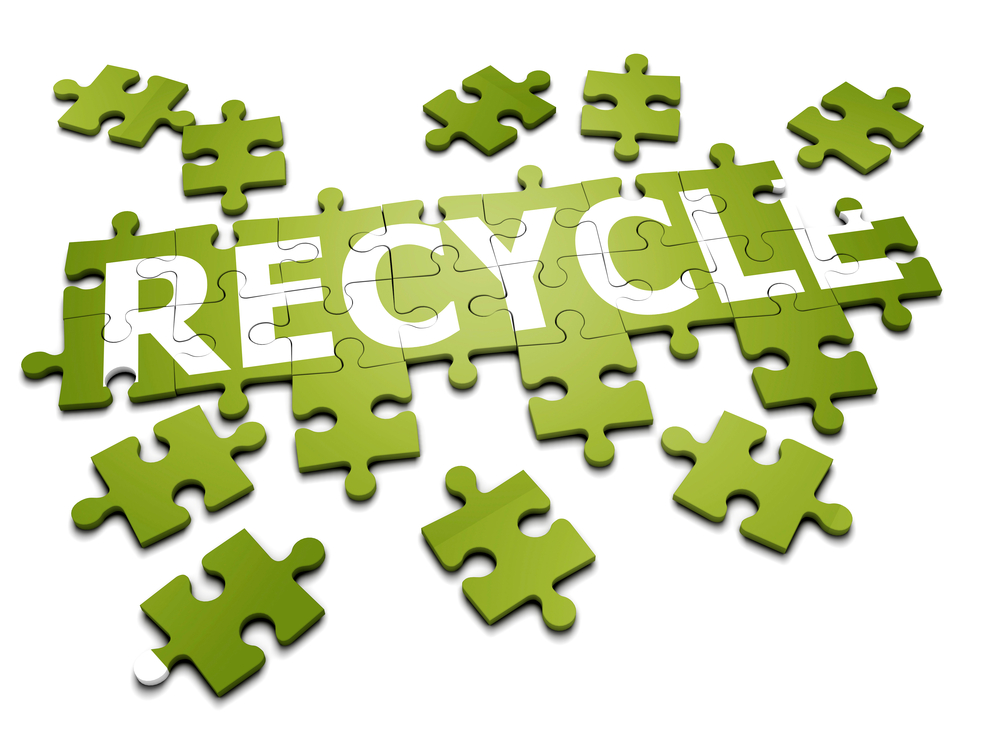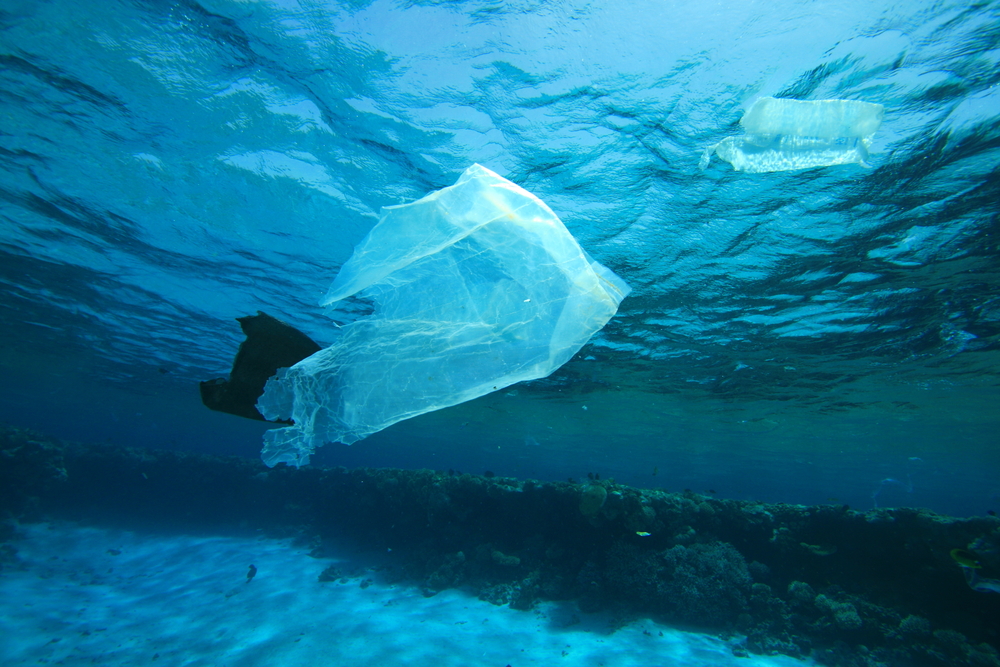
Yup, it’s that time of year again when we all make resolutions, ranging from pledges to eat healthier, work out more, or spend less time watching Internet videos about cute animals. Why not add living a greener life to your list? It’s so easy to do, it might just be the one resolution you keep past Valentine’s Day. Here are some ideas to get you started:
Start at Home: Get your family involved. Come up with a plan with your spouse and kids, and make sure everyone’s educated on which materials are recyclable, and the best practices.
Don’t Waste at Work or School: The simplest way to start recycling is to place recycling bins in every office, break room, and conference room making it easy and convenient to recycle. Since paper is the most common recyclable found in an office or school, make sure there are surplus recycling bins on display for it.
Upcycle: Upcycling simply means to change the way to you see trash or waste. You can find plenty of examples of upcycled art that are certain to inspire you to give a second life to something like plastic bottles. When you upcycle, you are keeping waste out of landfills and giving it some practicality.
Try a little DIY: There’s no greater joy than doing something yourself, and being able to show it off. Now more than ever, people are enjoying DIY crafts because they are cost effective. Reduce waste and treat yourself to a unique light fixture or holiday decoration crafted out of something you normally wouldn’t think twice about.
Electronic Waste: E-waste is a major issue globally, and in the United States the numbers are staggering. According to the Environmental Protection Agency, this country alone generated more than 2.44 million tons and 3.4 million tons of e-waste in 2010 and 2011, respectively. In 2010, 19.6 percent of that year’s total e-waste was recycled while in 2011 the number increased to 24.6 percent. Mobile devices offer a similarly gargantuan challenge. In 2010, 152 million units were disposed of in the United States, and these units can be the source of precious minerals such as gold, silver, palladium and, in even larger quantities, copper. Recycling is more energy-efficient than mining for new metals besides being a more sustainable way to access resources. It also creates new jobs: computer reuse creates 296 more jobs for every 10,000 tons of material disposed each year. Look for a local drop-off site where you live.
Switch to High-Efficiency Light Bulbs: It’s not news that Light-Emitting Diode (LED) and Compact Fluorescent Light (CFL) bulbs use 75-80% less electricity than incandescent bulbs – so why aren’t more people using them? Sure you have to pay more for them up front, but since they use less energy your electricity bill will be lower and they will last much longer than incandescent bulbs.
Once you start these few changes in your life it simply becomes more of a habit rather than something you have to do. So this year do your part in helping the environment and sticking to your New Year’s resolution to recycle more!

